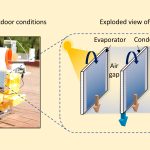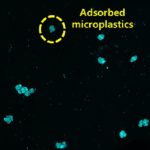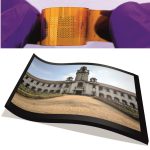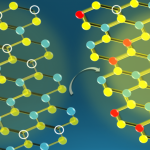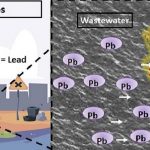
2D materials, which consist of a few layers of atoms, are currently being explored for various applications, including seawater desalination, oil-water separation, and osmotic power harvesting. They often contain defects, which can alter the properties of the material. Although defects are usually thought to increase frictional forces, computer simulations by Ananth Govind Rajan in the Department of Chemical Engineering and Aniruddha Seal from the National Institute of Science Education and Research reveal a notably different picture.
When they analysed a 2D material called hexagonal boron nitride (hBN) interacting with water, they found that some defects, such as a nitrogen (N) vacancy and the Stone-Wales defect (where a boron-nitrogen bond is rotated by 90 degrees in the hBN lattice), surprisingly led to a reduction in water-hBN friction. A boron vacancy increased water-hBN friction almost threefold. The authors quantified these predictions in terms of “slip length”, a quantity that determines to what extent water molecules “slip” on the hBN surface. They found that, at high defect concentrations, the slip length of hBN with an N vacancy could be comparable to that of graphene, the most slippery 2D material known to date. These findings have implications for the design of devices made using hBN.

